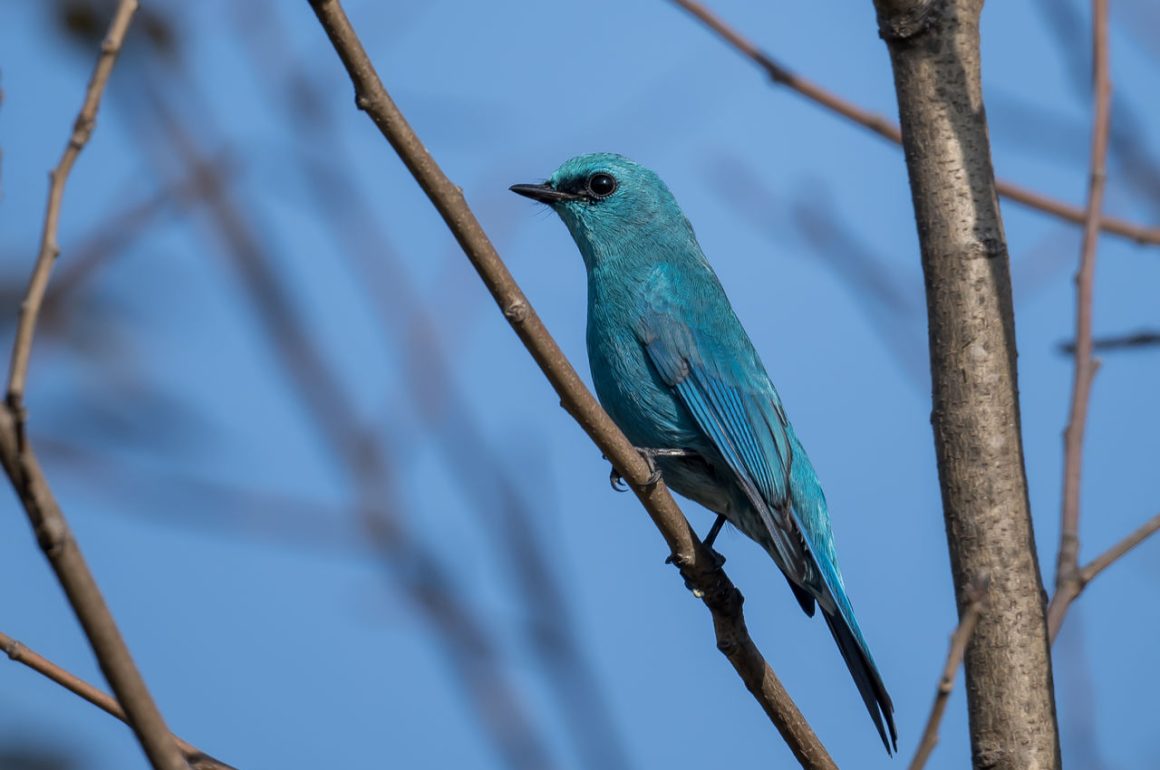
Almost every year, Shanghai seems to have one or several Verditer Flycatchers. This year, one made the mistake of visiting a relatively accessible park with a rather large parking lot, resulting in large numbers of birders and bird photographers gathering there on the weekend.
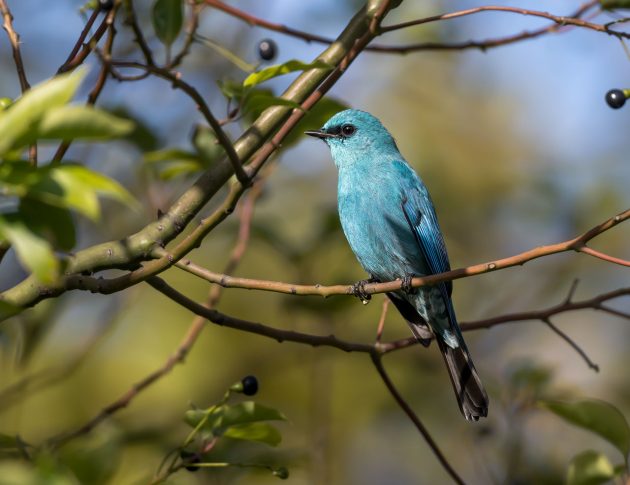
In fact, I was glad to get a few photos within 10 minutes or so and then be able to leave. It was a bit much for me. But hey, it is a beautiful bird.
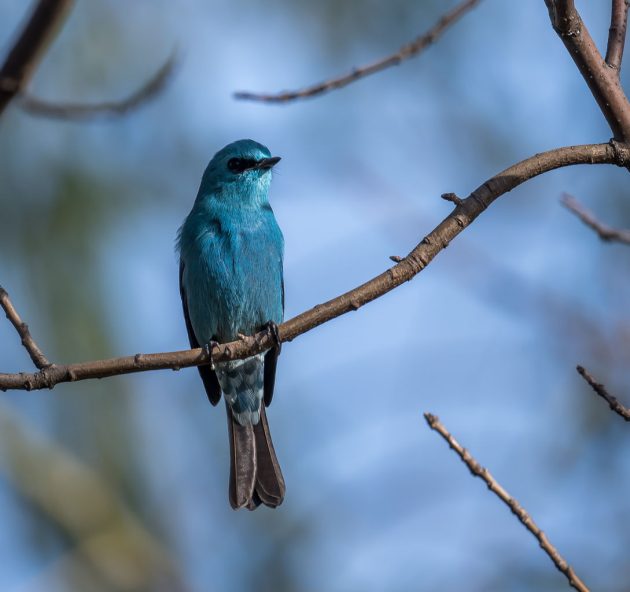
The same park (Baisha Park in Bao’an) also hosts some Sooty-headed Bulbuls that I had not known about before. Apparently, they are residents there (though possibly originally from captive stock).
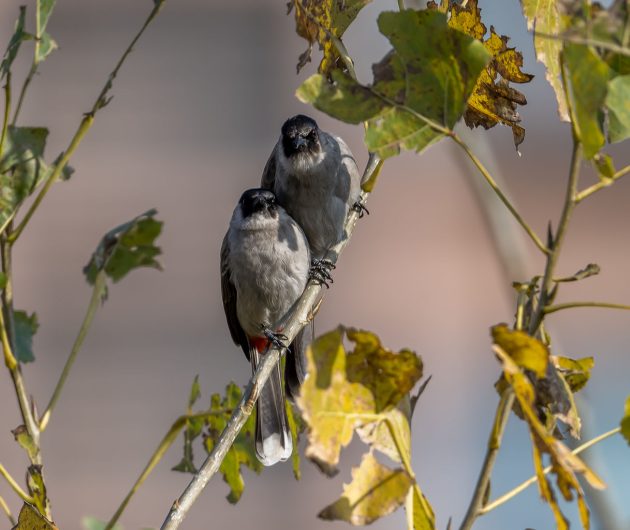
Some people probably too delicate to give bird body parts proper names gave it the scientific name Pycnonotus aurigaster, with aurigaster meaning golden-bellied. If these people ever have to see a proctologist, they will have serious problems describing their medical issues.
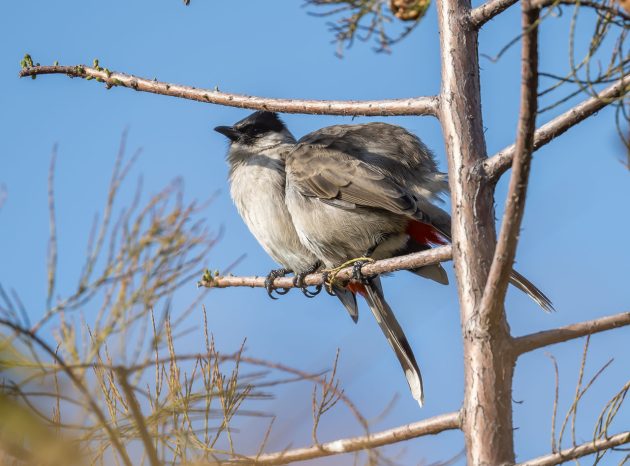
Chinese Grosbeaks in the park made for a good distraction for the photographers whenever the Verditer Flycatcher was not visible.
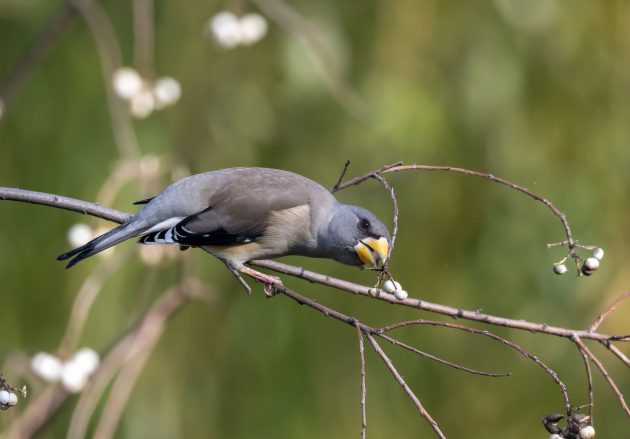
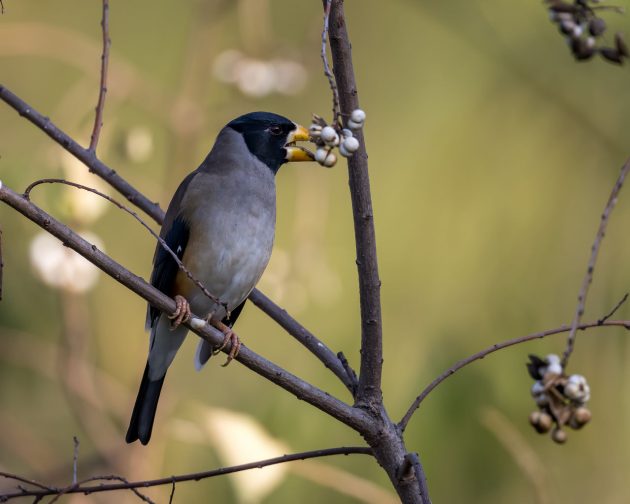
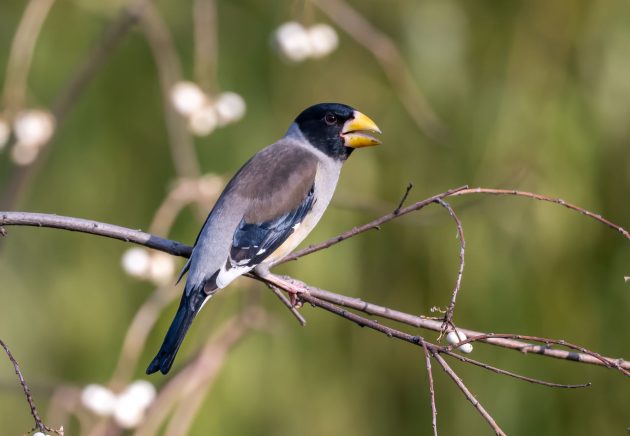
While Cornell characterizes the Lesser Coucal as non-migratory, seeing one in non-breeding plumage on December 03 at Nanhui was a first for me. The species is definitely much more common in spring and summer.
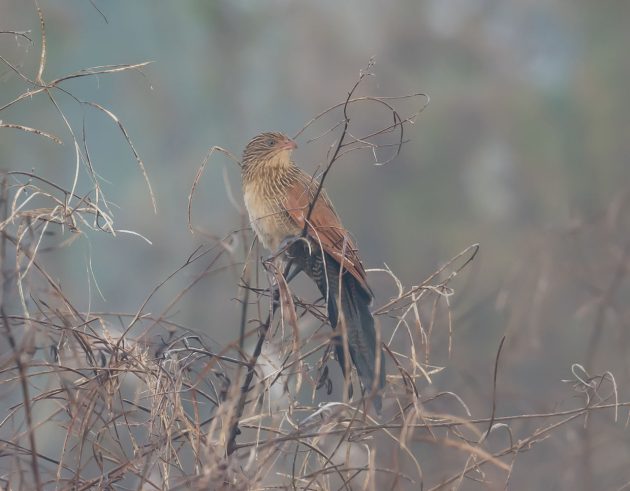
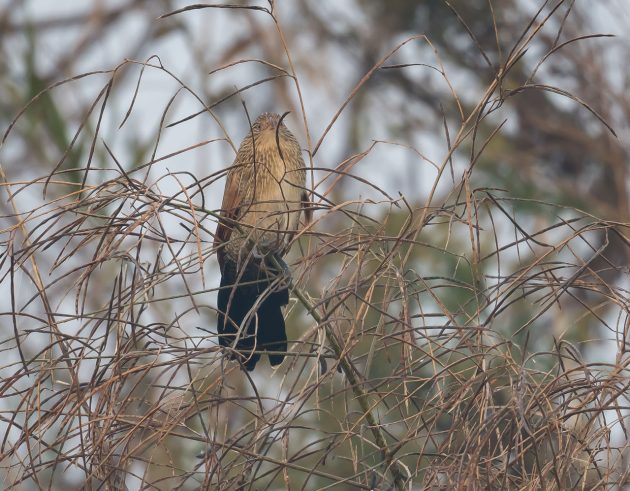
Chongming Island had a few birds already seen last month, such as
… Black-faced Spoonbill …
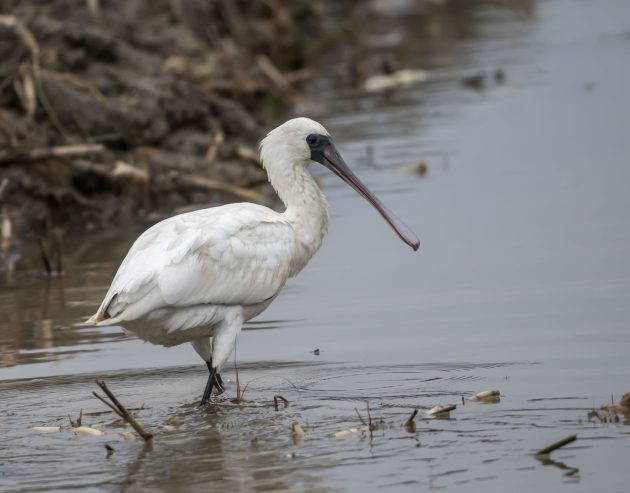
… Bluethroat …
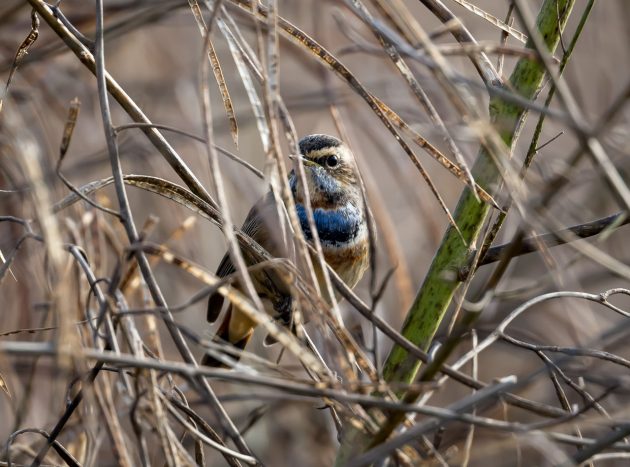
… and Northern Lapwing.
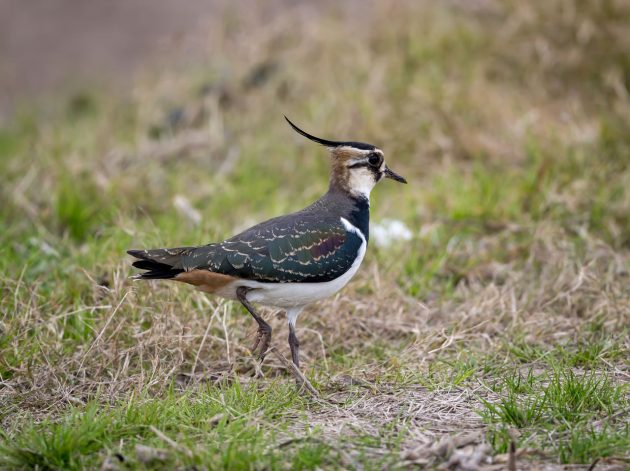
For reasons not even quite clear to me, I post many of my bird photos on a dedicated webpage independent of 10,000 Birds. Mostly, it serves as an online backup – but sometimes I also direct researchers to it when they ask for photos of specific species. The Silver-throated Bushtit – which I saw again this month – is one of these species, and the images then were used in a paper on Silver-throated Bushtits and their hybrids with Long-tailed Tits.
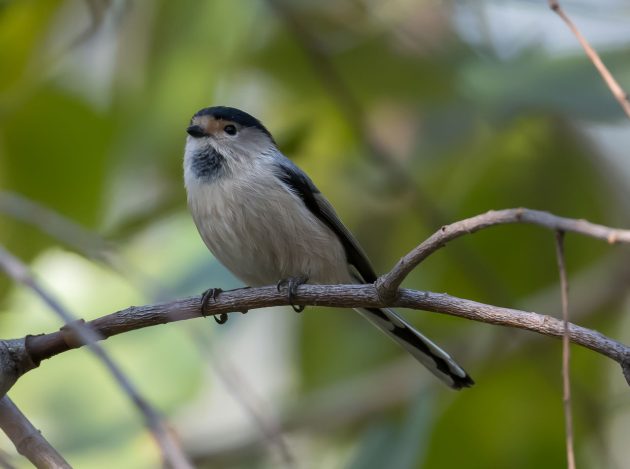
The paper describes the differences between a Northern and a Southern subspecies of the Silver-throated Bushtit – the Shanghai birds belong to the southern one.
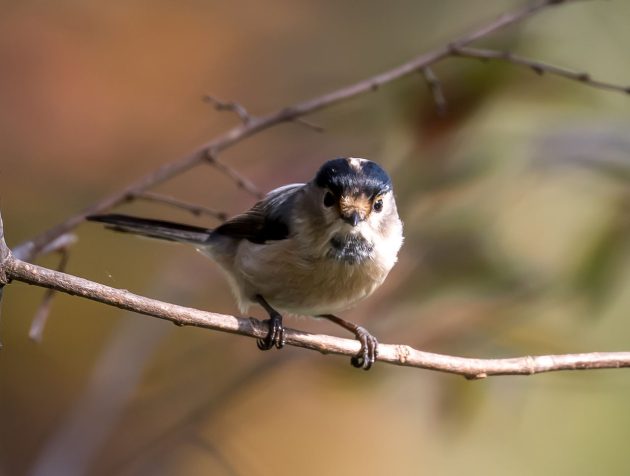
One friend of mine often complains about mimicry – birds pretending to be other birds by imitating their noises – though I think he probably got quite a few extra species on his lists this way. The nestlings of Zitting Cisticolas apparently have taken up an even more useful mimicry – they imitate the hissing of some snakes.
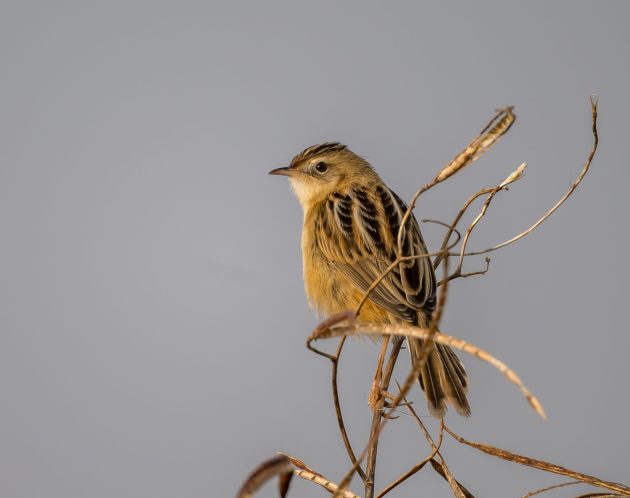
According to a recent paper, this may improve their survival rate by deterring predators. Though personally, I think that the alliteration-based title of the journal where the paper was published is a bit of an overkill (“Ethology Ecology & Evolution”).
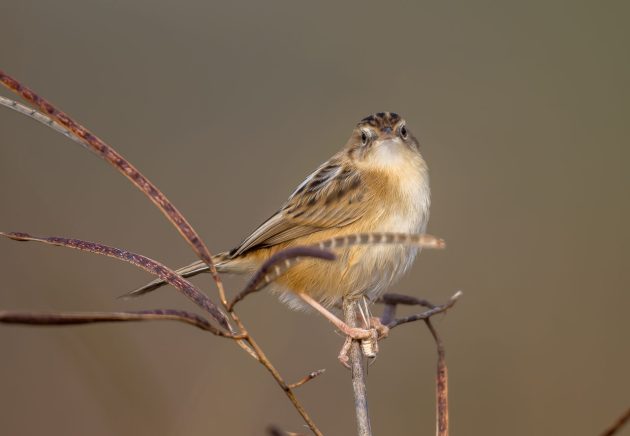
In Chinese Penduline Tits, usually, only one parent cares for the eggs and chicks – in 71% of nests, it is female care only, in 9% male care only, in 4% biparental care, which leaves 16% of nests/chicks to be deserted by both parents (source).
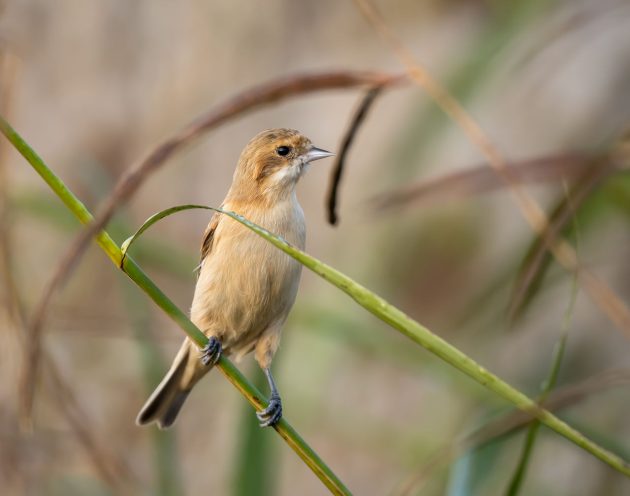
Male tits change their behavior over the breeding season; they desert clutches produced early in the season but care for the late season clutches as there are fewer mating opportunities around (like a man who in his fifties becoming a dedicated father after abandoning several pregnant girlfriends when young).
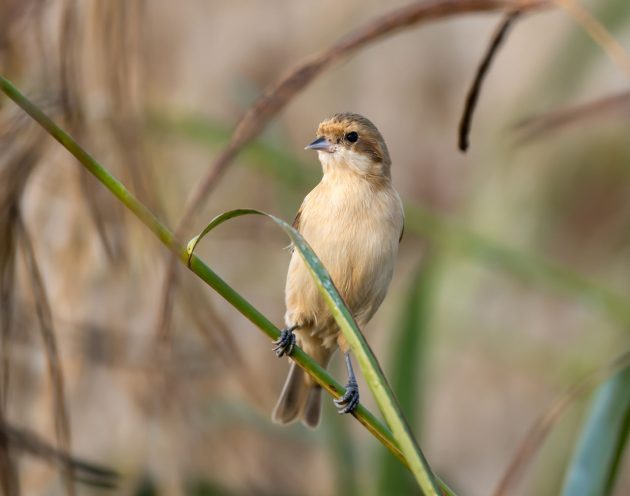
And the species buries the eggs when it leaves the nest during the daytime, presumably to prevent the eggs from rolling out of the nest (source).
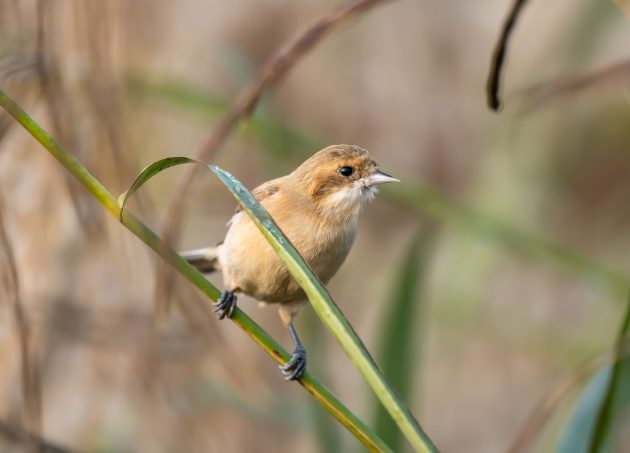
This Common Snipe seemed to think it could make itself invisibly by not moving at all.
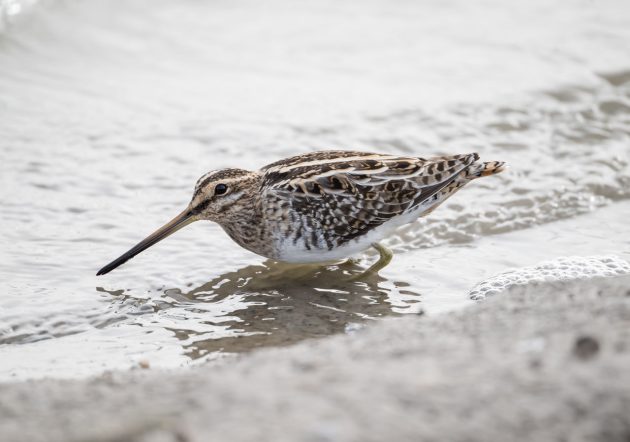
This is not the strategy of the Pallas Leaf Warbler, which thinks that moving around all the time can have the same effect.
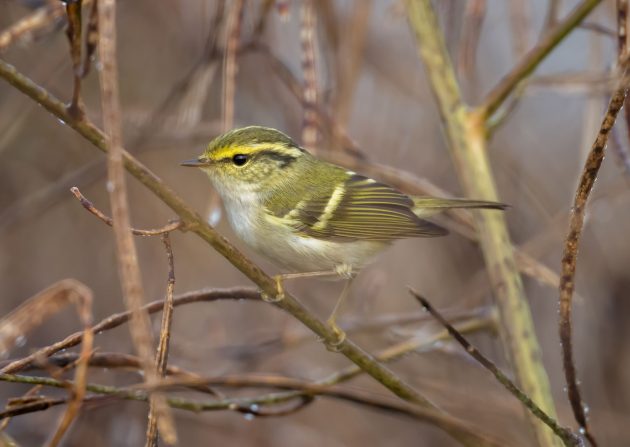
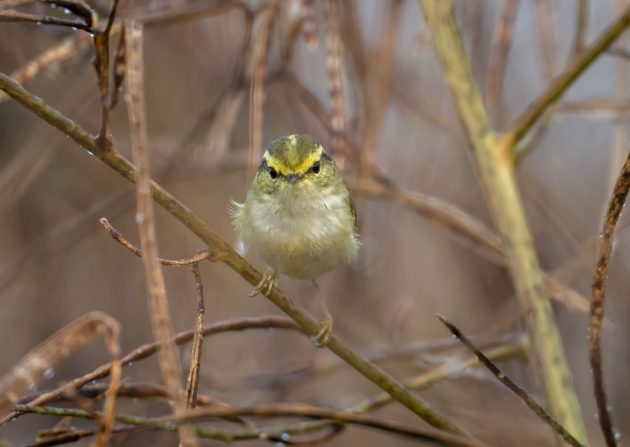
Black-faced Buntings apparently can create quite a bit of excitement when being seen in the UK: “It’s becoming a record-setting autumn for Black-faced Bunting across Europe, including no fewer than three British records in recent weeks” (source). But they are very common in Shanghai in winter.
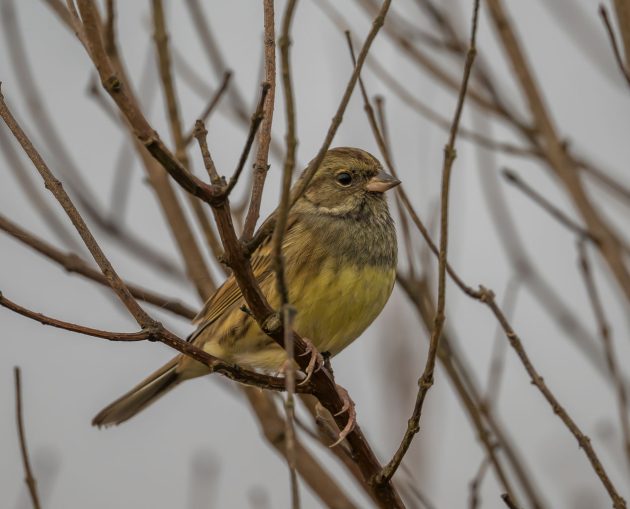
The Falcated Duck is listed as Near Threatened. It relies strongly on China as a wintering ground, where more than 85% of the population winter. Unfortunately, according to Cornell, they are hunted for food and feathers in large numbers in China.
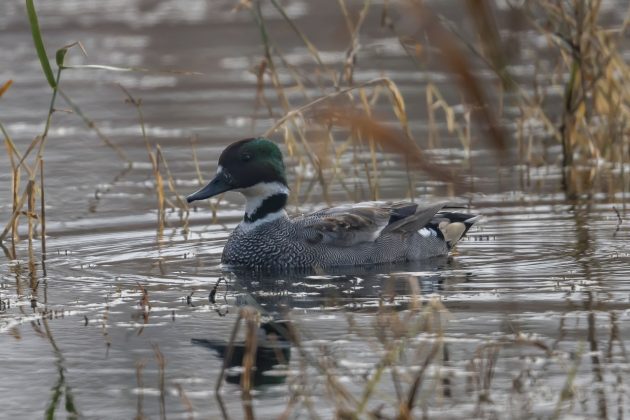
eBird, rather than finding something positive to see about the Plain Prinia, instead seems to put the species – which already suffers enough from its name – further down: “A common prinia with drab gray-brown plumage”.
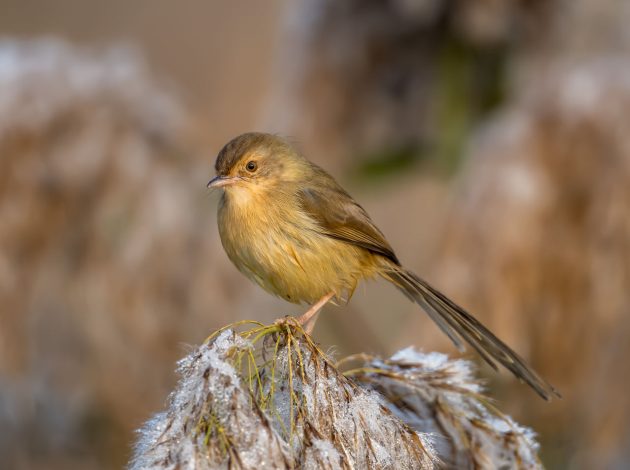
eBird may even have offended two species at the same time if a bachelor thesis claiming that the Plain Prinia comprises at least two species (based on different vocalization) is to be believed.
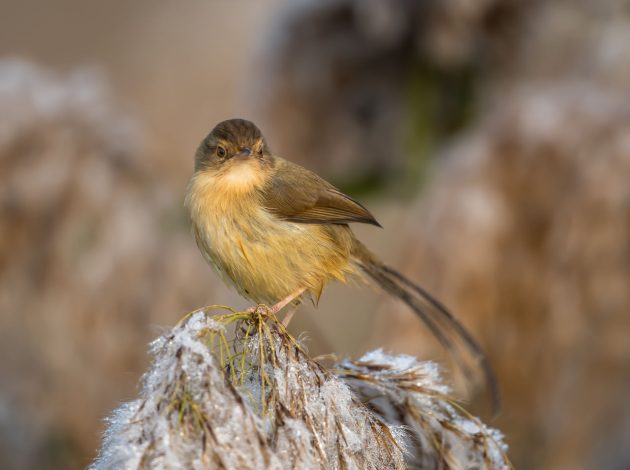
According to Cornell, the Pale Thrush is “common in winter in Shanghai area (where apparently territorial)” – I think they are referring to the one in the photo here, which is a fixture of the parking lot next to the coastal hotel at Nanhui.
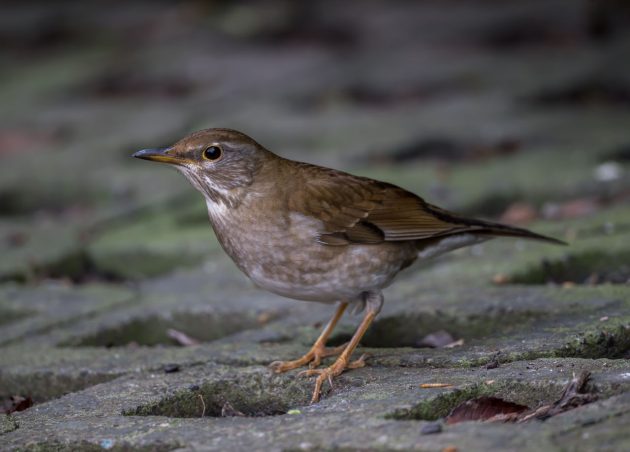
Swinhoe’s White-eye is not a rare bird in Shanghai, and apparently, it is getting less and less rare in Southern California, leading to web pages with titles such as “A New, Cute Little Bird May Soon Show Up In Your Yard”.
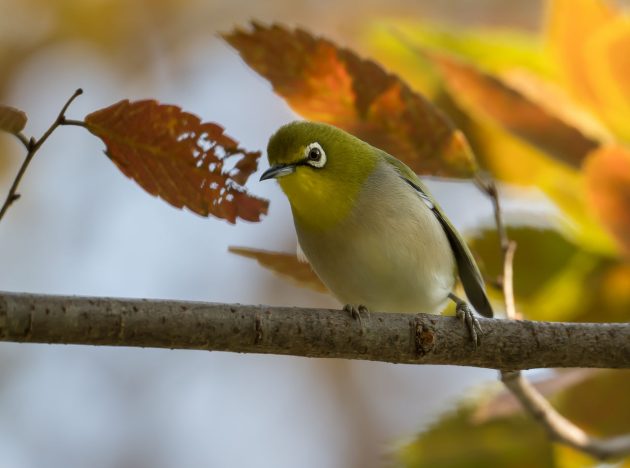
The article claims that while their population is growing fast they are not regarded as invasive as they do not have a negative impact on native species so far. But: “That could change at any time”.
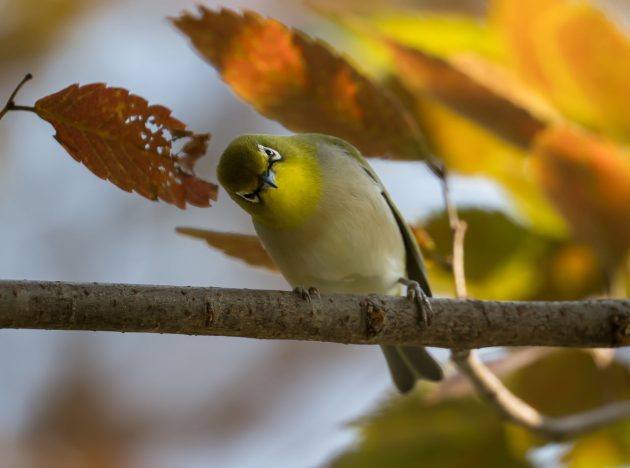
Finally, the (at least to me) ever-popular Reed Parrotbill. While it is still reasonably easy to find in Shanghai, climate change may shift its range further north (source).
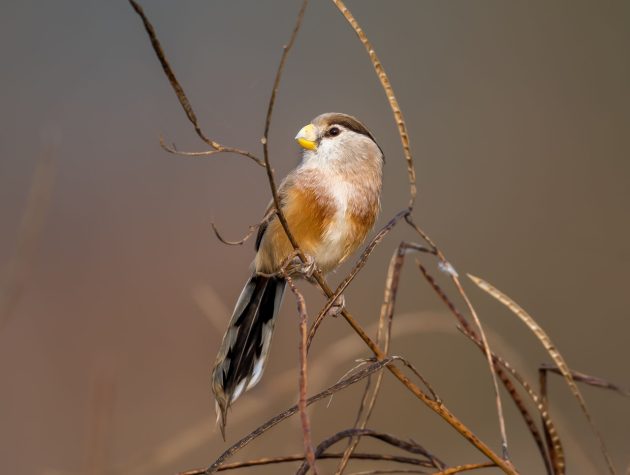
Maybe I will need to shift my habitat further north as well then.
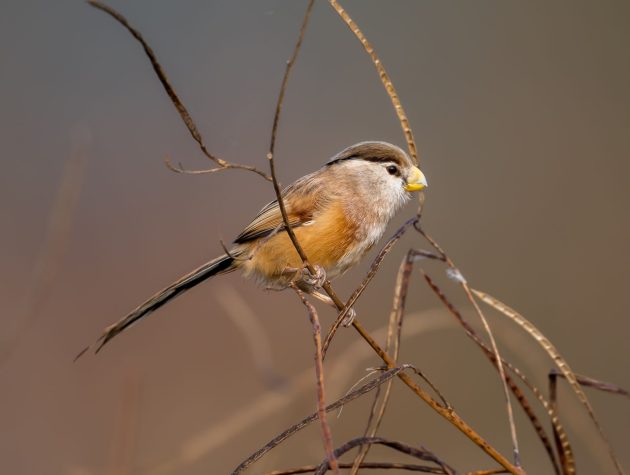






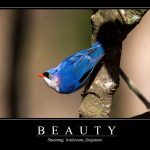
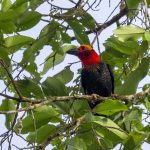
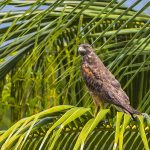

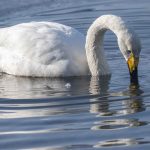
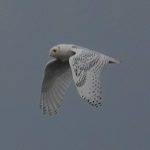
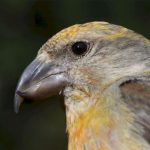
That is a flashy flycatcatcher. I wish there more like that in North America.
Beautiful photos Kai, I too live in China and witness the gatherings, pushing and shoving when something interesting turns up! I do enjoy your not so subtle digs!